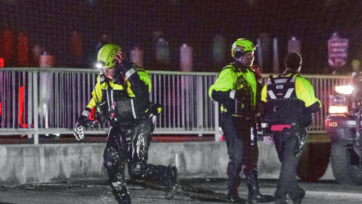(Image credit: nickross2021 / Pixabay)
A newly developed navigation approach for individuals who are blind or have low vision (pBLV) shows promise after being tested in a virtual reality setting. The system, created by researchers at the NYU Tandon School of Engineering, combines tactile and audio signals to guide users through complex environments more efficiently and securely.
This project builds on previous work by a team led by John-Ross Rizzo and Maurizio Porfiri at NYU Tandon, where initial prototypes used haptic feedback from a backpack-based device. The latest version minimizes the hardware into a discreet belt equipped with 10 vibration motors, plus a small waist bag containing electronics. Vibrations on the belt indicate the presence and location of obstacles, while audio cues through a headset intensify as the user gets closer to hazards.
The study, published in JMIR Rehabilitation and Assistive Technology, involved participants with normal sight who wore a virtual reality (VR) headset and haptic belt while navigating a real room with curtains. Using a VR simulation designed to mimic the visual experience of advanced glaucoma—including reduced peripheral vision and blurred details—participants moved through a virtual subway station scenario. The environment included everyday challenges such as broken elevators, construction areas, and irregular obstacles.
Results indicated that vibrations helped reduce collisions, and audio signals improved the user’s fluidity of movement. Although these initial tests involved participants with normal vision, future research will involve individuals who actually have vision loss.
The developers see this technology as complementing other initiatives like Commute Booster, a mobile application that delivers navigational instructions within subway stations. The haptic belt could supplement the app by helping users avoid unexpected hazards in their path.
References
Yan, Kijun 2024, ‘New virtual reality–tested system shows promise in aiding navigation of people with blindness or low vision’, TechXplore, viewed 19th December 2024, <https://techxplore.com/news/2024-12-virtual-realitytested-aiding-people-vision.html>

























